India Mahdavi’s experimental and colourful tiles redefine interior paradigms
India Mahdavi is Japanese brand Alternative Artefacts Danto's first collaborator. At Milan Design Week 2024, they present a collection of tiles which reflects on history and inspires future interiors
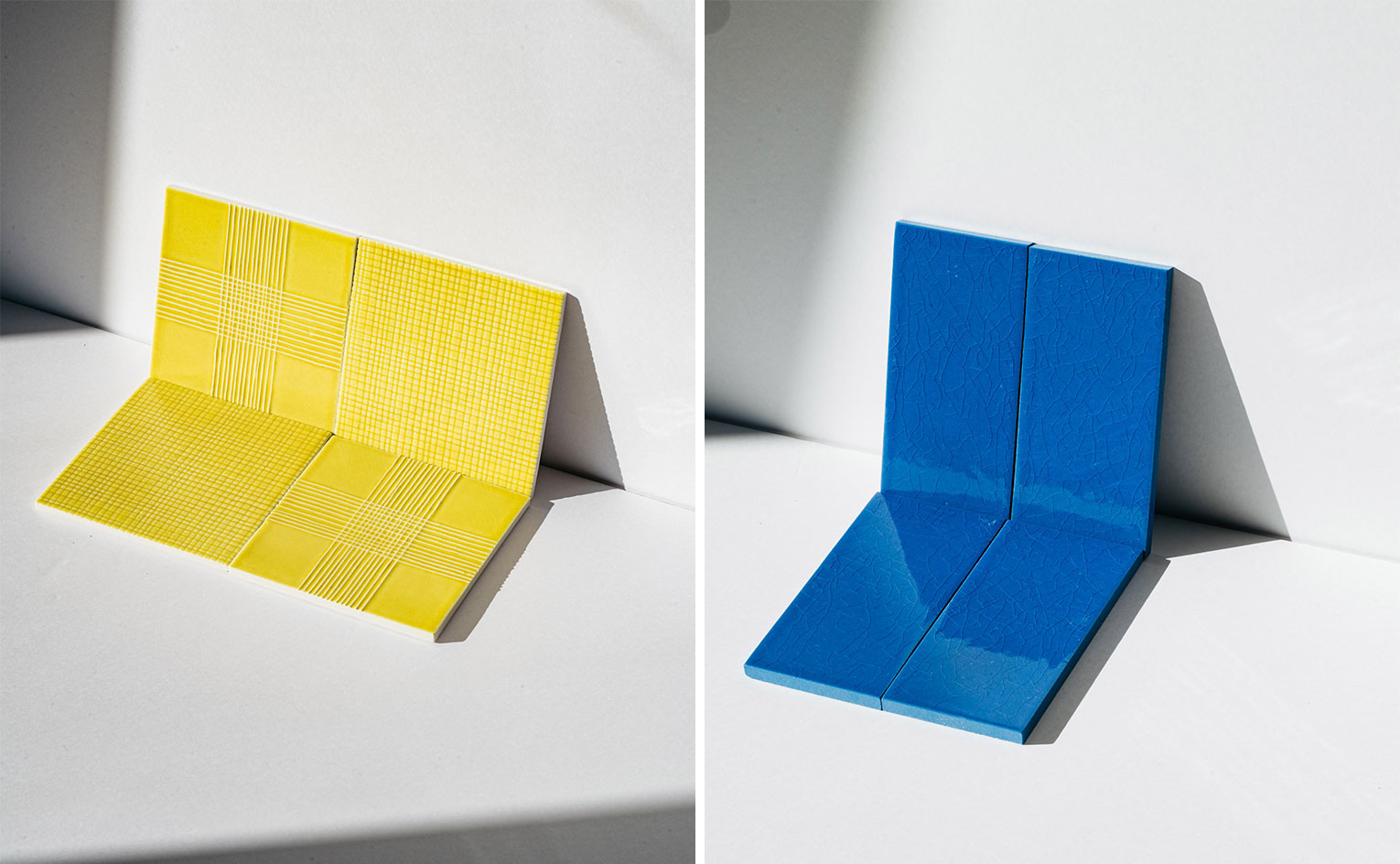
Hovering bookshelves. Mycelium-inspired surfaces. Angular trays. Hanging lights. Sculptural ladders. In-between shades. Tiles are reimagined in textures and tones, forms and functions, by Alternative Artefacts Danto (A.a. Danto), a new Japanese brand that aims to redefine interior paradigms through a layered exploration of the possibilities of tiles in daily life.
Creatively directed by Teruhiro Yanagihara Studio (TYS), A.a. Danto made its debut with two new collections – Tiles and Editions – during Milan Design Week 2024, with India Mahdavi as the first international collaborator. Cracked, floating, speckled, nuanced, hanging: the new tiles venture far beyond the conventional limitations of bathroom and kitchen coverings. Instead, a dialogue between tiles and the spaces they inhabit unfolds in A.a. Danto’s creations, harmonising a soft handcrafted atmosphere with mass production capabilities – or, as Mahdavi puts it, 'wabi sabi on an industrial scale'.
India Mahdavi and A.a. Dantopresent 'Tiles'
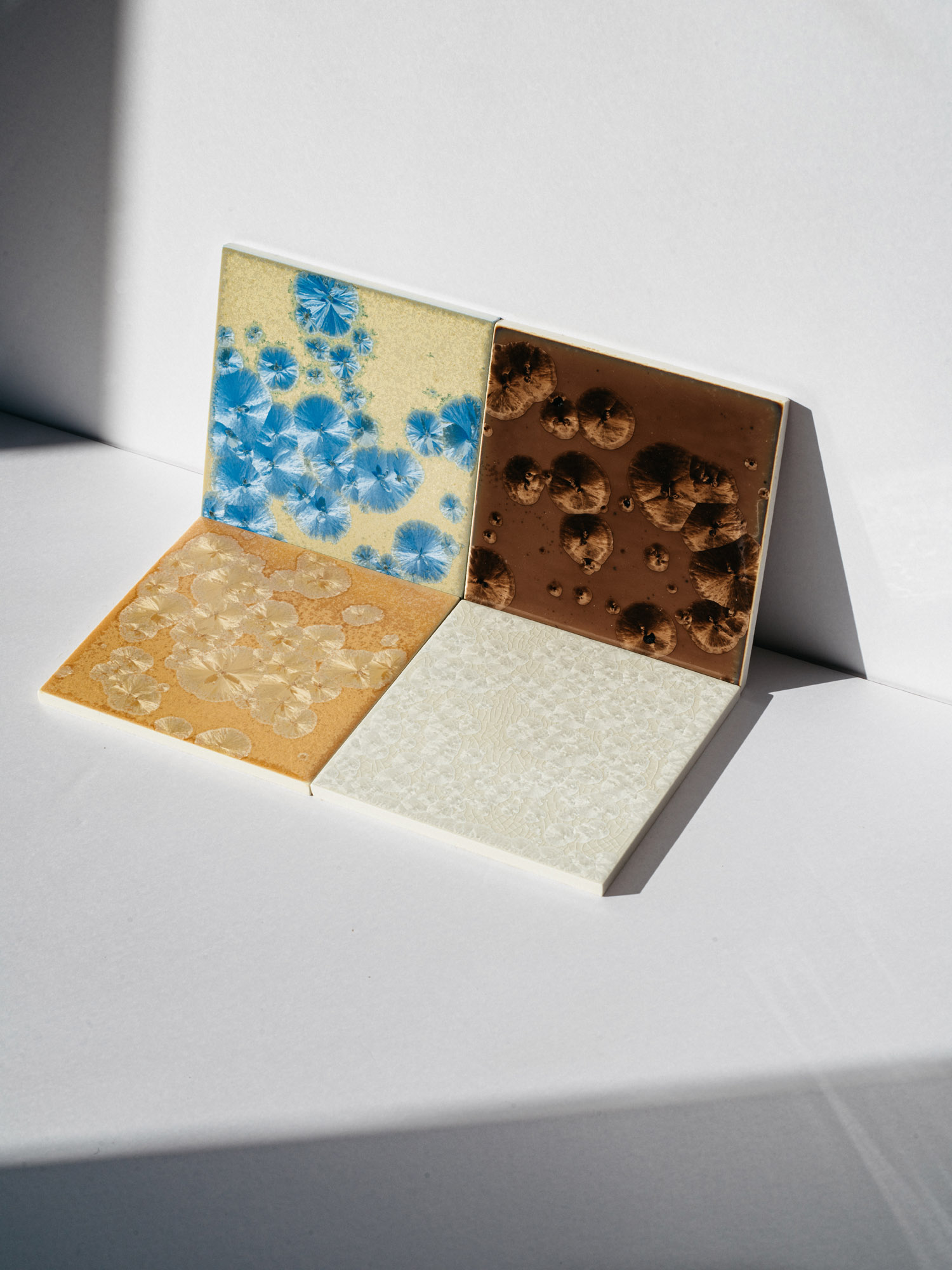
'Mycelium' Tiles
'Danto uses natural materials that are fired, so have a similar feeling to ceramics,' explains Teruhiro Yanagihara, who is also creative director and designer of 1616 / arita japan. 'They’re soft, warm, crafted. We want to explore the potential for these tiles as an interior material.'
The new brand is the latest chapter for Danto, one of Japan’s oldest mass producers of tiles. For more than 130 years, Danto has produced tiles on Awajishima, a mountainous nature-soaked island in the Seto Inland Sea. With its tile business evolving from Awajishima’s acclaimed local ceramics tradition known as Minpei-yaki in the late 19th century, innovation is deeply rooted in Danto’s DNA, as reflected in its long history of soil experimentation, avant-garde designs and quality mass production techniques.
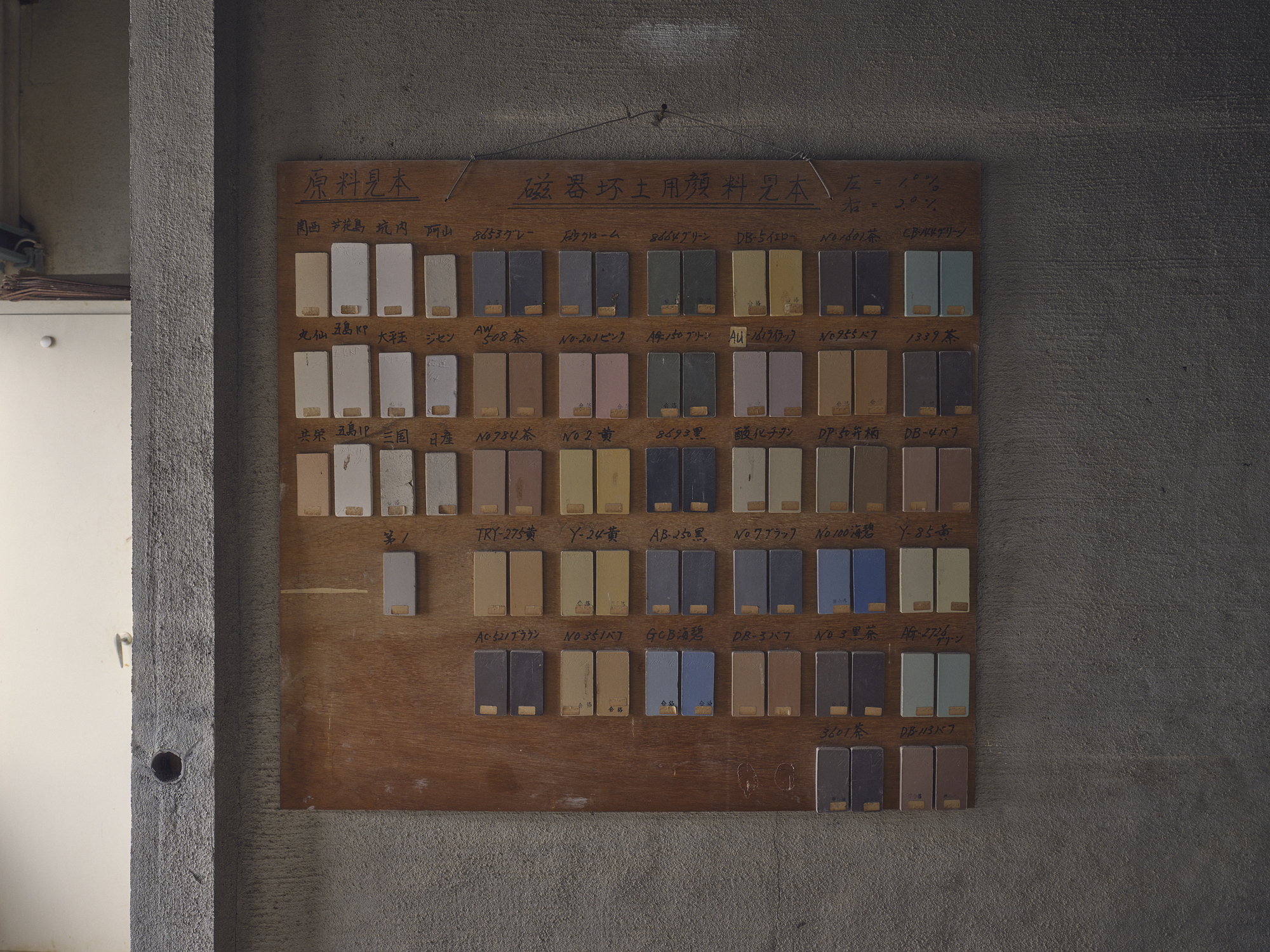
The name of the new brand – and its debut installation in Milan, Archaeology of Tiles – reflect the ideas that underpin A.a. Danto: it aims to tap into its richly layered heritage to create a new standard for tiles moving into the future.
Key to this are Danto’s mass production technology and production innovations – from more than a century of blending soils from regions across Japan to create a spectrum of textures and colours; to the handcrafted feel yet carefully controlled precision of its industrial production techniques.
'Danto has long been a pioneer in Japan’s tile culture, with countless innovations as it adapts to current times,' Yanagihara tells Wallpaper*. 'The concept of A.a. Danto lies in unravelling its history and creating a new era of tiles.
Wallpaper* Newsletter
Receive our daily digest of inspiration, escapism and design stories from around the world direct to your inbox.
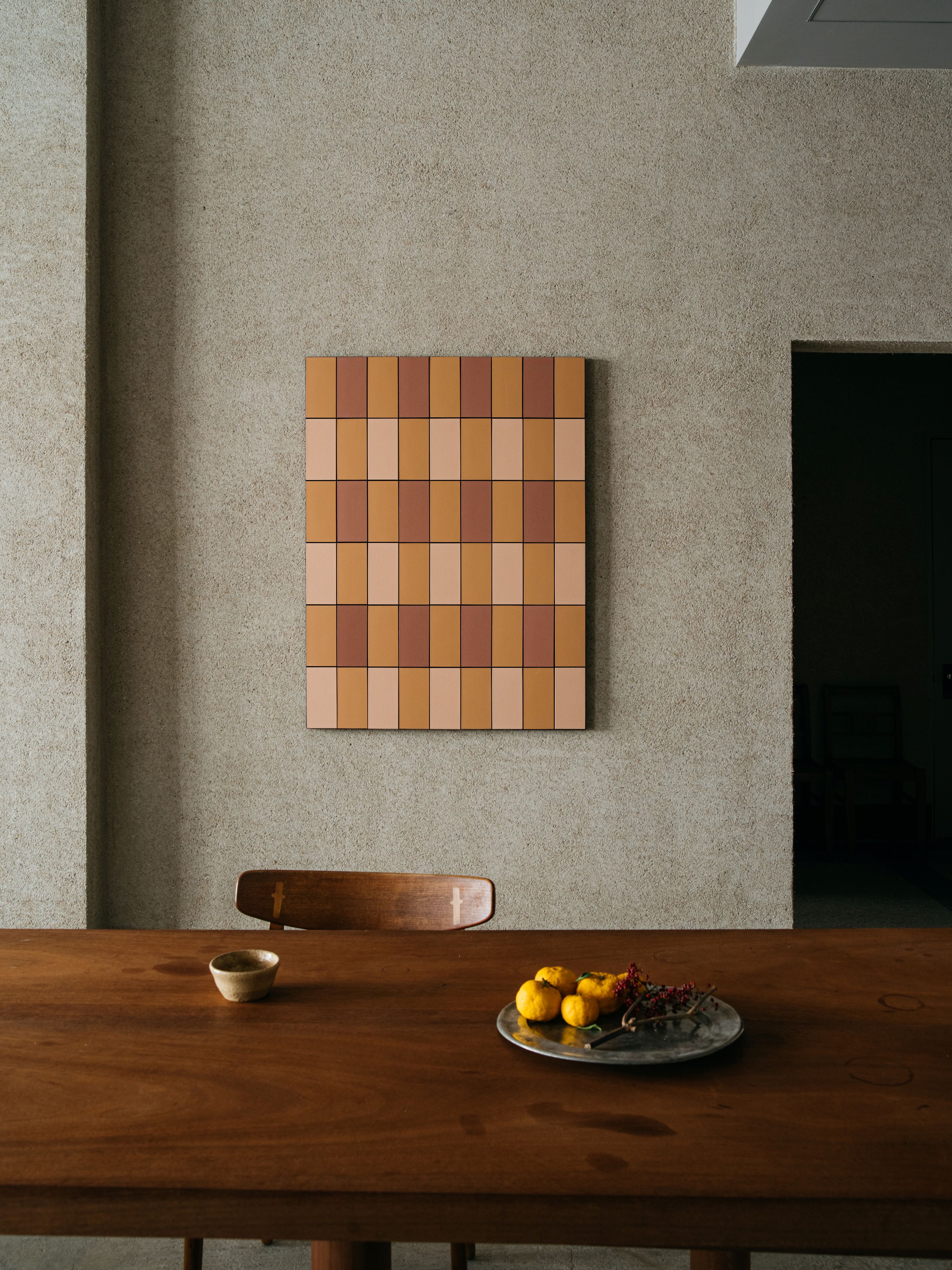
'It’s about connecting the past to the present and the future. We want to tap into Danto’s technology by using various raw materials to create new tiles. We also aim to make more versatile interiors, by using continuous tiles and grout adapted to any size space, creating new three-dimensional possibilities.'
Tiles is a collection taps into inspired by Danto’s heritage. It aims to create a new standard for Danto’s tiles, editing and reinventing the company’s rich historical archives, with the goal of creating a timeless library of tiles for use in architectural spaces.
One Tiles series designed by TYS – which is based in Kobe, Japan, and Arles, France – possesses a shifting palette of in-between shades that gently enhances the natural expression of the raw material.
These tiles were created by mixing different soils excavated from regions across Japan, which were then blended to create a micro-shifting spectrum of tones, without the need for glazing.
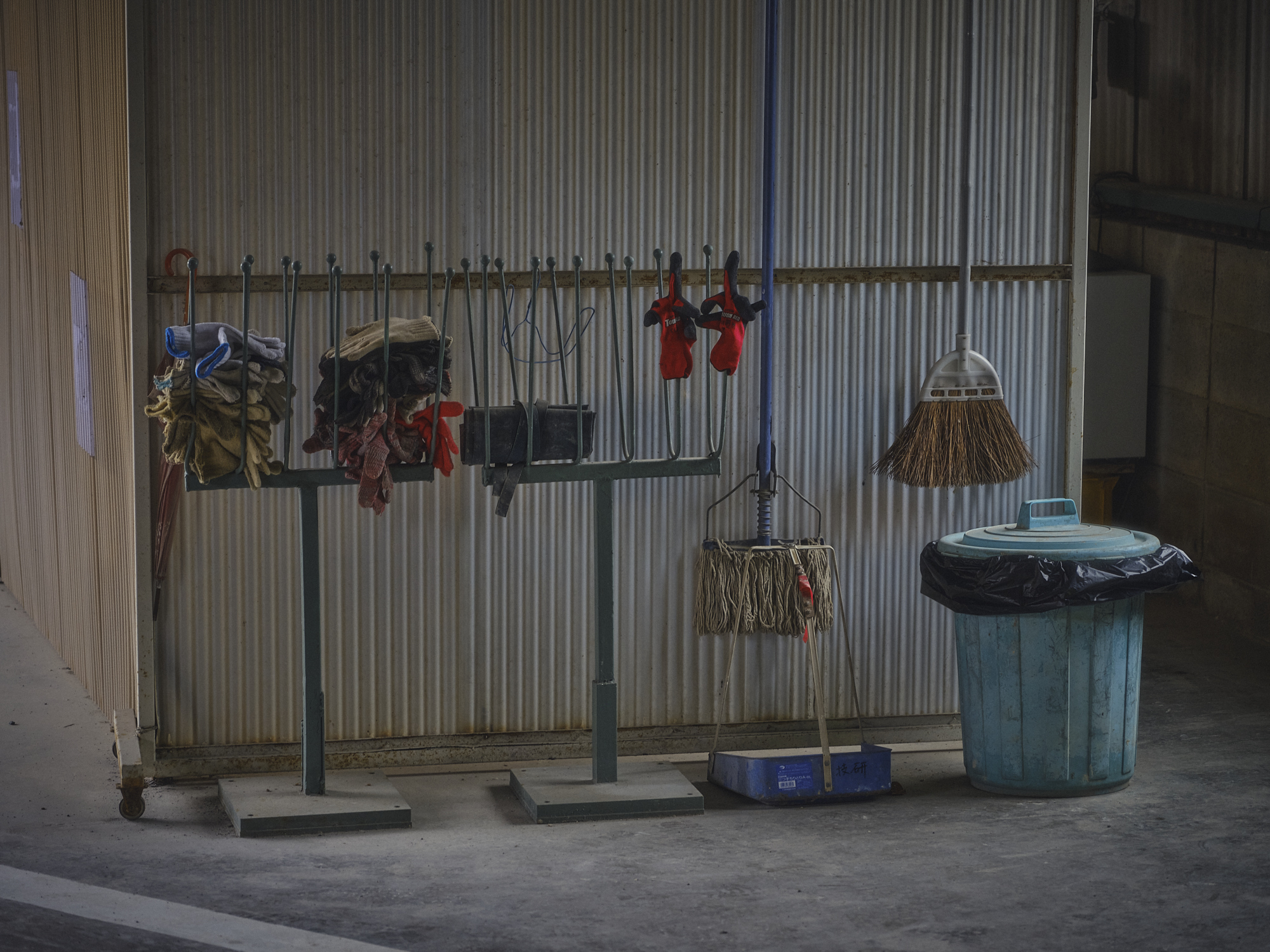
The end result is a minimalist collection of softly matte in-between shades with an unusual depth of colour infusing the material itself – from light cloud whites and dusty blues to airy moss greens.
For Mahdavi, textural surfaces inspired by nature feature in her Tiles series. After an exploration of Danto’s history and production techniques at its factories on Awajishima last year, Mahdavi imagined a series of tiles whose surfaces gently reflect the irregular beauty of the natural world, despite the mass production processes that bring them to life – with names such as Cracked, Freckles, Crisscross.
Among them is Mycelium, with its organically crystal-like surface created through Danto’s unique technique of making tiles by layering thin pieces of clay – before the top surface is blasted with fine clay or glaze with meticulous precision, evoking an unusually uneven beauty more commonly found in the handcrafted.
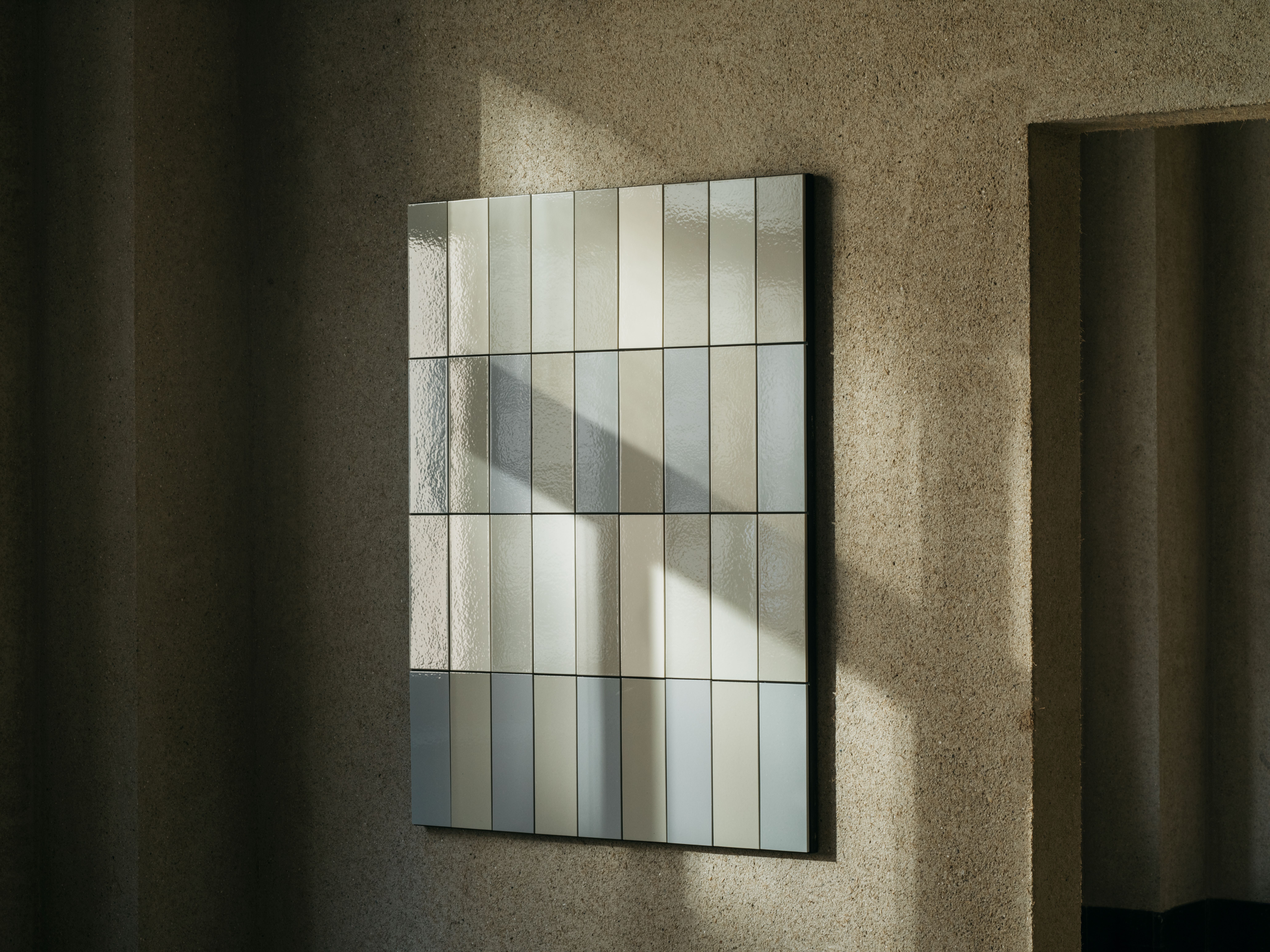
'One of the possibilities that Danto offers is to apply up to three layers of glazing on one single surface, which allows the creation of effects, mostly imitating nature – the wabi sabi on an industrial scale,' says Mahdavi.
'We also experimented with reactions produced by the firing process, creating a certain degree of uncertainty that materialises into beautiful irregularities and variations on surfaces that evoke a different kind of nature.'
The Editions collection is more experimental, as reflected in A.a. Danto’s launch exhibition Archaeology of Tiles in 5VIE in Milan. Scattered among the atmospheric history-etched interiors of an 8th century former residence, a series of Editions installations included TYS-designed ceramic objects and furniture components – from a floating single-piece bookcase, a circular table and a hanging tubular pendant light to the minimalist lines and angles of a tray.

Punctuating the interiors further were eight ladders created by Mahdavi for the exhibition – each wrapped entirely in one of her eight new tiles designs, evoking a series of contrasting surfaces that are connected yet unique.
'I very much like the symbol of the ladder,” explains Mahdavi. “It’s a shape turned towards the sky. It’s all about rising from the ground up – which, in a way, is what ceramics are about, since their substance comes straight from the earth.' A.a. Danto also aims to revitalise Awajishima, Danto’s island birthplace and ongoing HQ, with two key factories on its southern shores.
'I hope that international architects and interior designers will come to Awajishima and develop original tiles,” says Yanagihara. “We want Danto’s tiles to exist in spaces outside Japan – and become alternative artefacts, creating a connection between Awajishima and the world.'
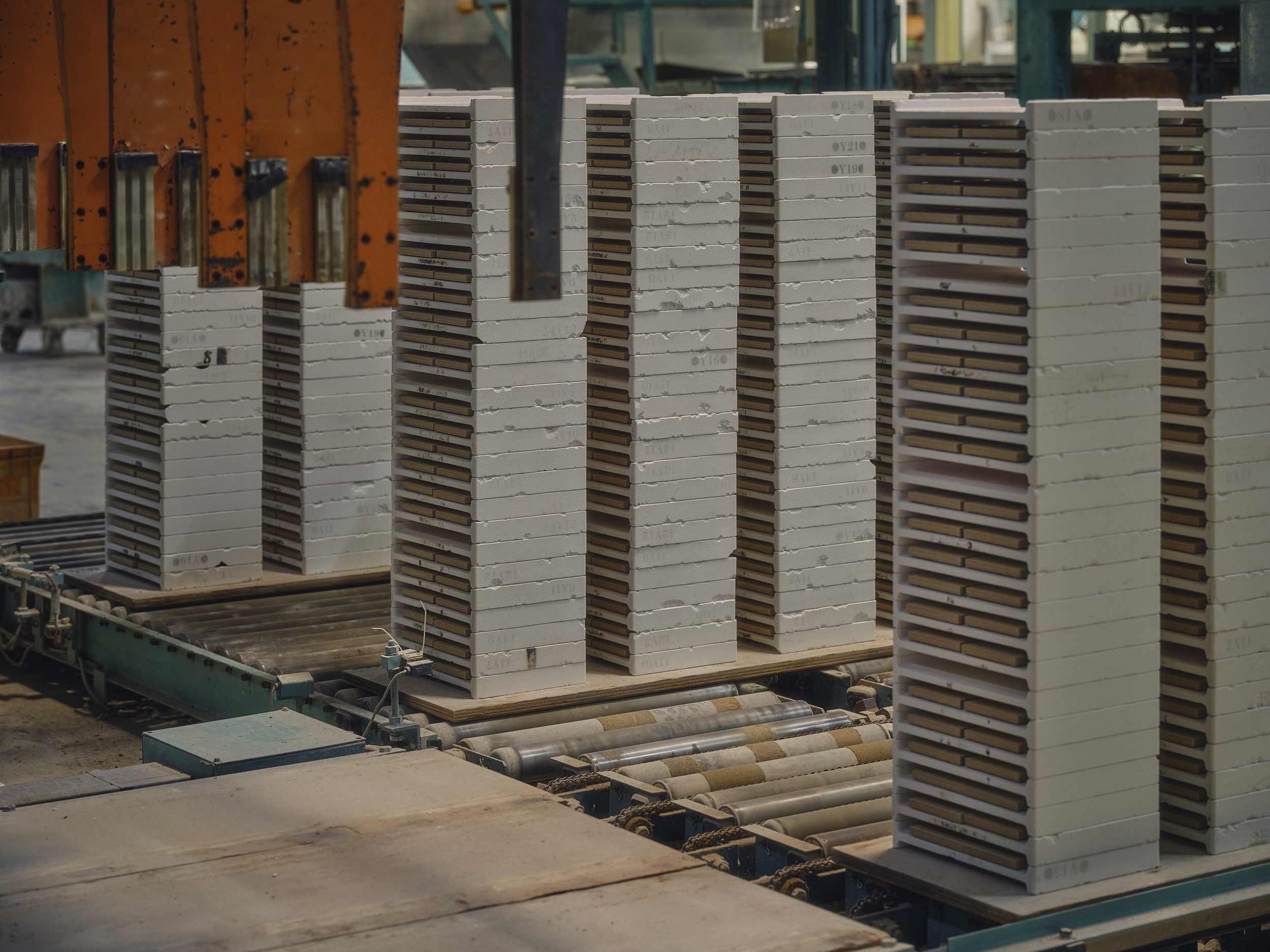
India Mahdavi's tiles for Danto are on view from 16-21 April during Milan Design Week 2024
Via Cesare Correnti, 14
Milan
A version of this article appears in the May 2024 issue of Wallpaper* available in print, on the Wallpaper* app on Apple iOS, and to subscribers of Apple News +. Subscribe to Wallpaper* today
Danielle Demetriou is a British writer and editor who moved from London to Japan in 2007. She writes about design, architecture and culture (for newspapers, magazines and books) and lives in an old machiya townhouse in Kyoto.
Instagram - @danielleinjapan
-
 Put these emerging artists on your radar
Put these emerging artists on your radarThis crop of six new talents is poised to shake up the art world. Get to know them now
By Tianna Williams
-
 Dining at Pyrá feels like a Mediterranean kiss on both cheeks
Dining at Pyrá feels like a Mediterranean kiss on both cheeksDesigned by House of Dré, this Lonsdale Road addition dishes up an enticing fusion of Greek and Spanish cooking
By Sofia de la Cruz
-
 Creased, crumpled: S/S 2025 menswear is about clothes that have ‘lived a life’
Creased, crumpled: S/S 2025 menswear is about clothes that have ‘lived a life’The S/S 2025 menswear collections see designers embrace the creased and the crumpled, conjuring a mood of laidback languor that ran through the season – captured here by photographer Steve Harnacke and stylist Nicola Neri for Wallpaper*
By Jack Moss
-
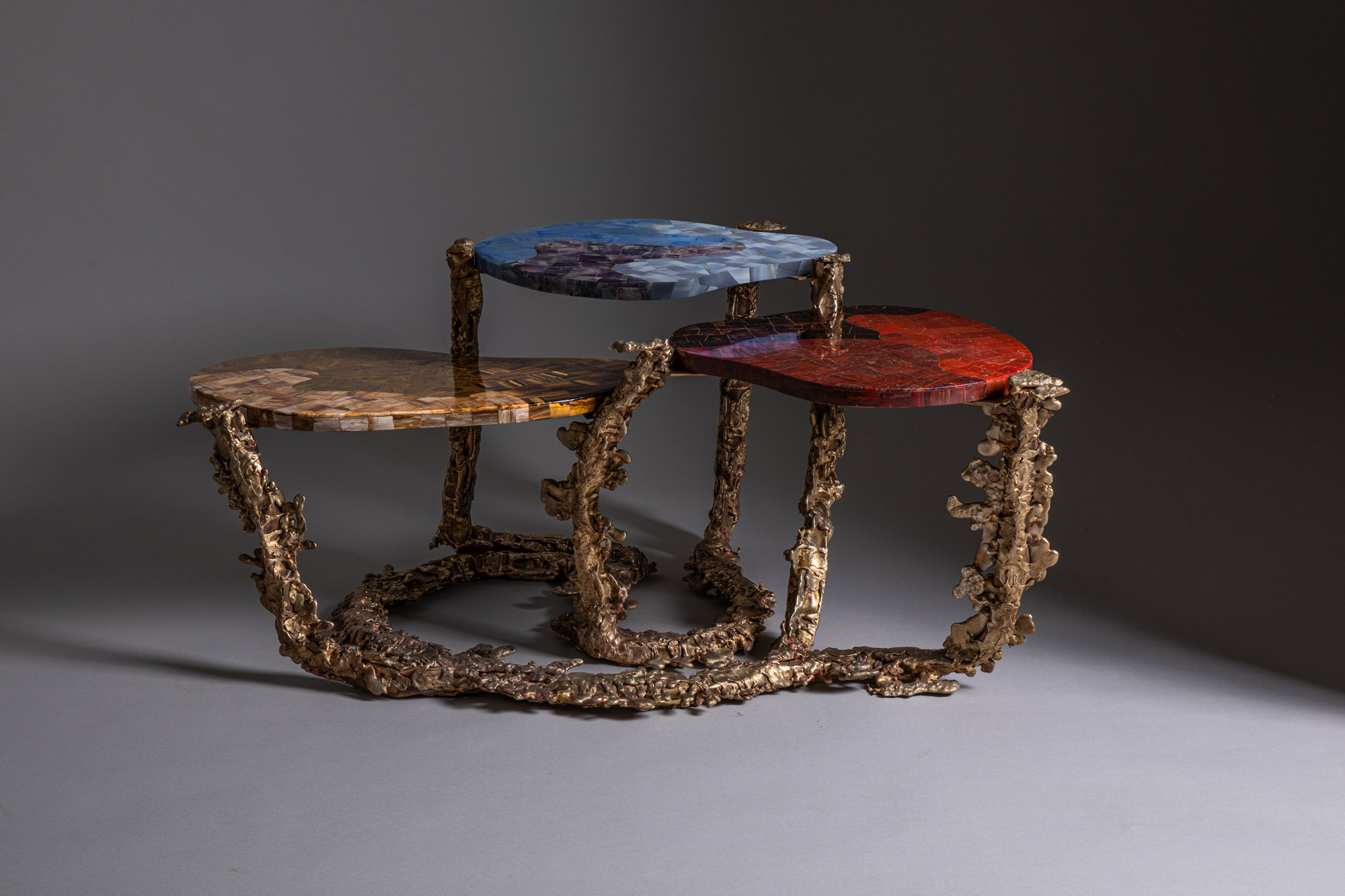 Inside the Shakti Design Residency, taking Indian craftsmanship to Alcova 2025
Inside the Shakti Design Residency, taking Indian craftsmanship to Alcova 2025The new initiative pairs emerging talents with some of India’s most prestigious ateliers, resulting in intricately crafted designs, as seen at Alcova 2025 in Milan
By Henrietta Thompson
-
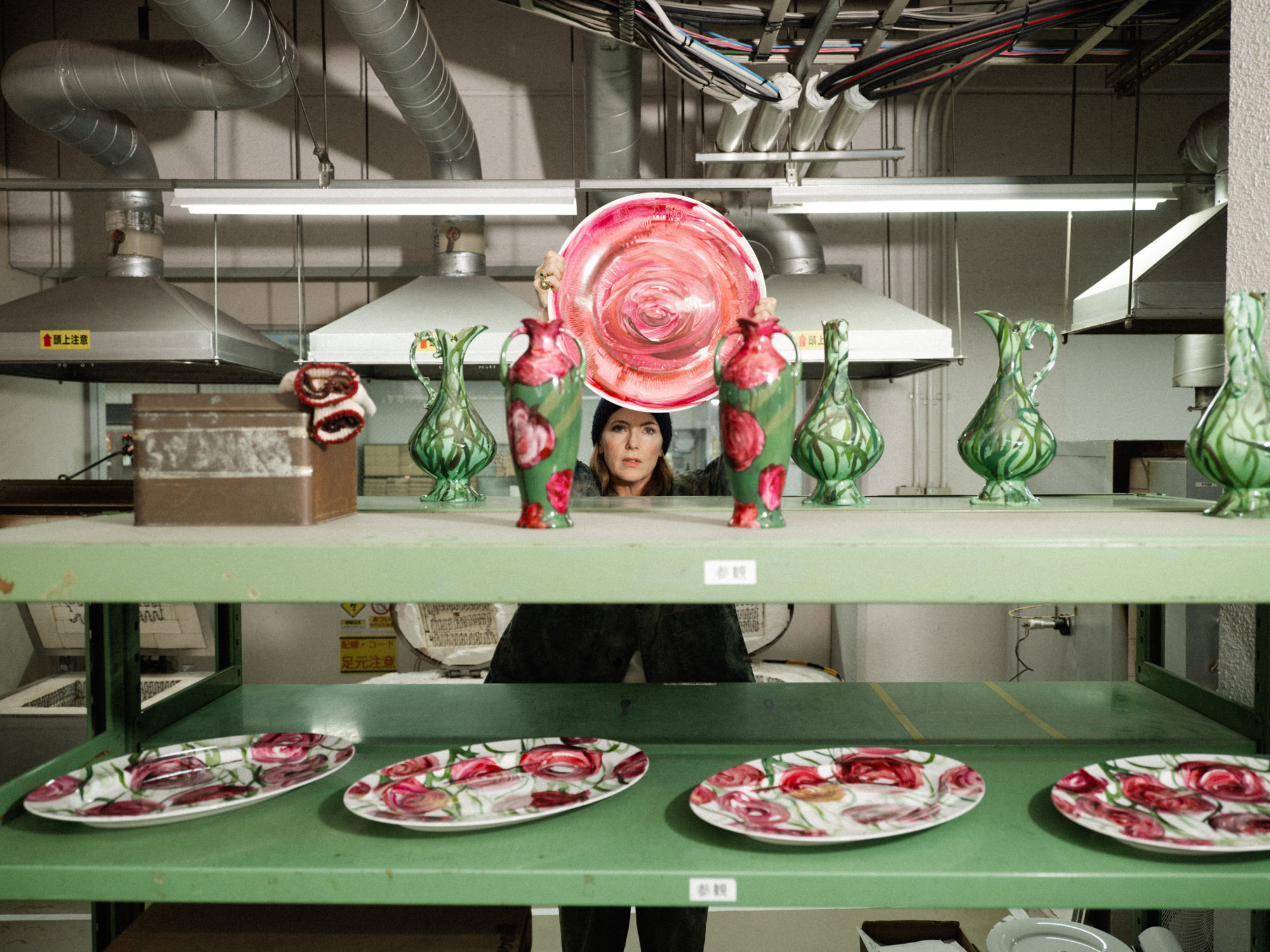 Faye Toogood comes up roses at Milan Design Week 2025
Faye Toogood comes up roses at Milan Design Week 2025Japanese ceramics specialist Noritake’s design collection blossoms with a bold floral series by Faye Toogood
By Danielle Demetriou
-
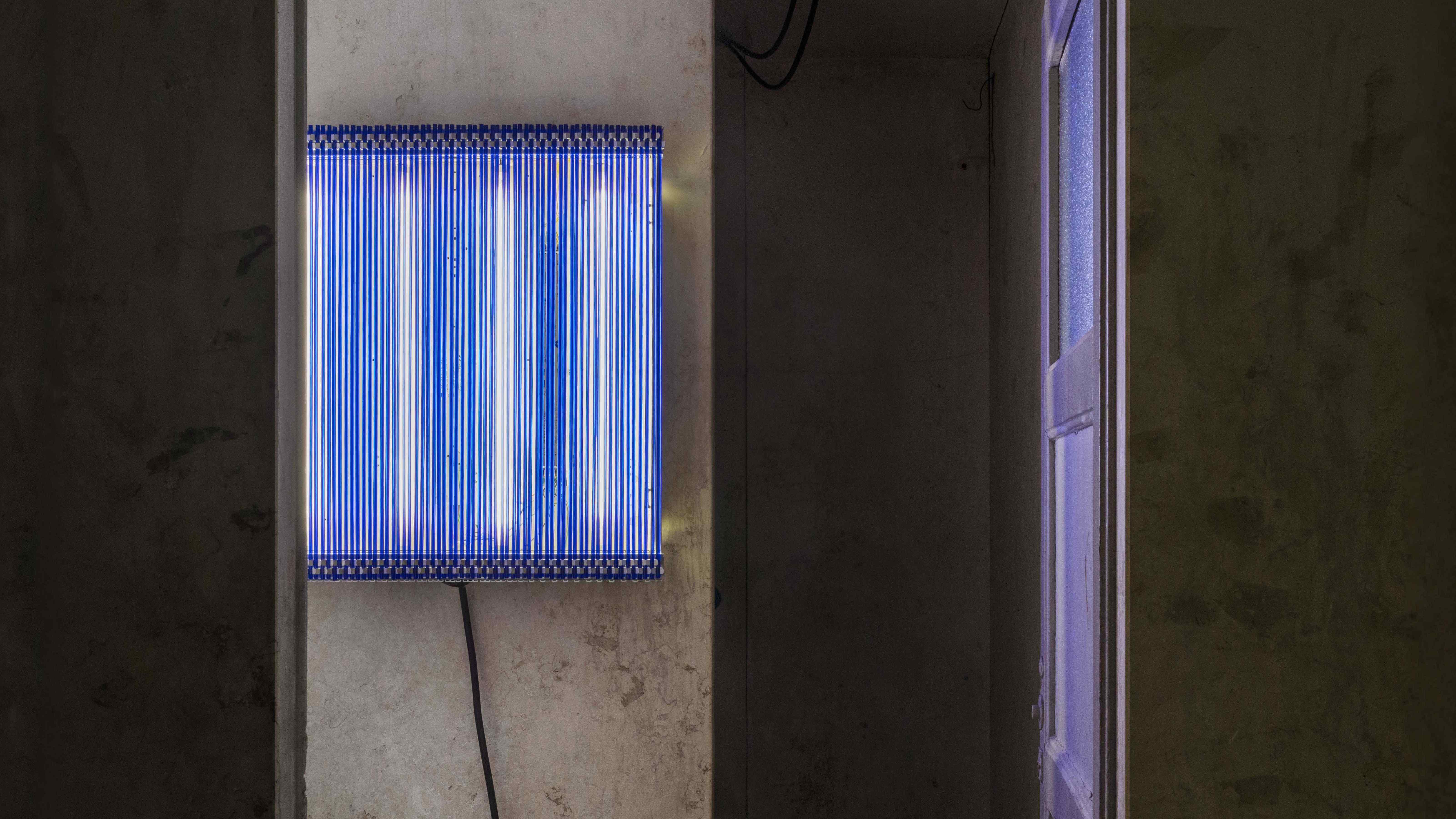 6:AM create a spellbinding Murano glass showcase in Milan’s abandoned public shower stalls
6:AM create a spellbinding Murano glass showcase in Milan’s abandoned public shower stallsWith its first solo exhibition, ‘Two-Fold Silence’, 6:AM unveils an enchanting Murano glass installation beneath Piscina Cozzi
By Ali Morris
-
 Dimoremilano and Loro Piana channel 1970s cinema in decadent Milan display
Dimoremilano and Loro Piana channel 1970s cinema in decadent Milan displayAt Milan Design Week 2025, Dimorestudio has directed and staged an immersive, film-inspired installation to present new furniture and decor for Loro Piana
By Dan Howarth
-
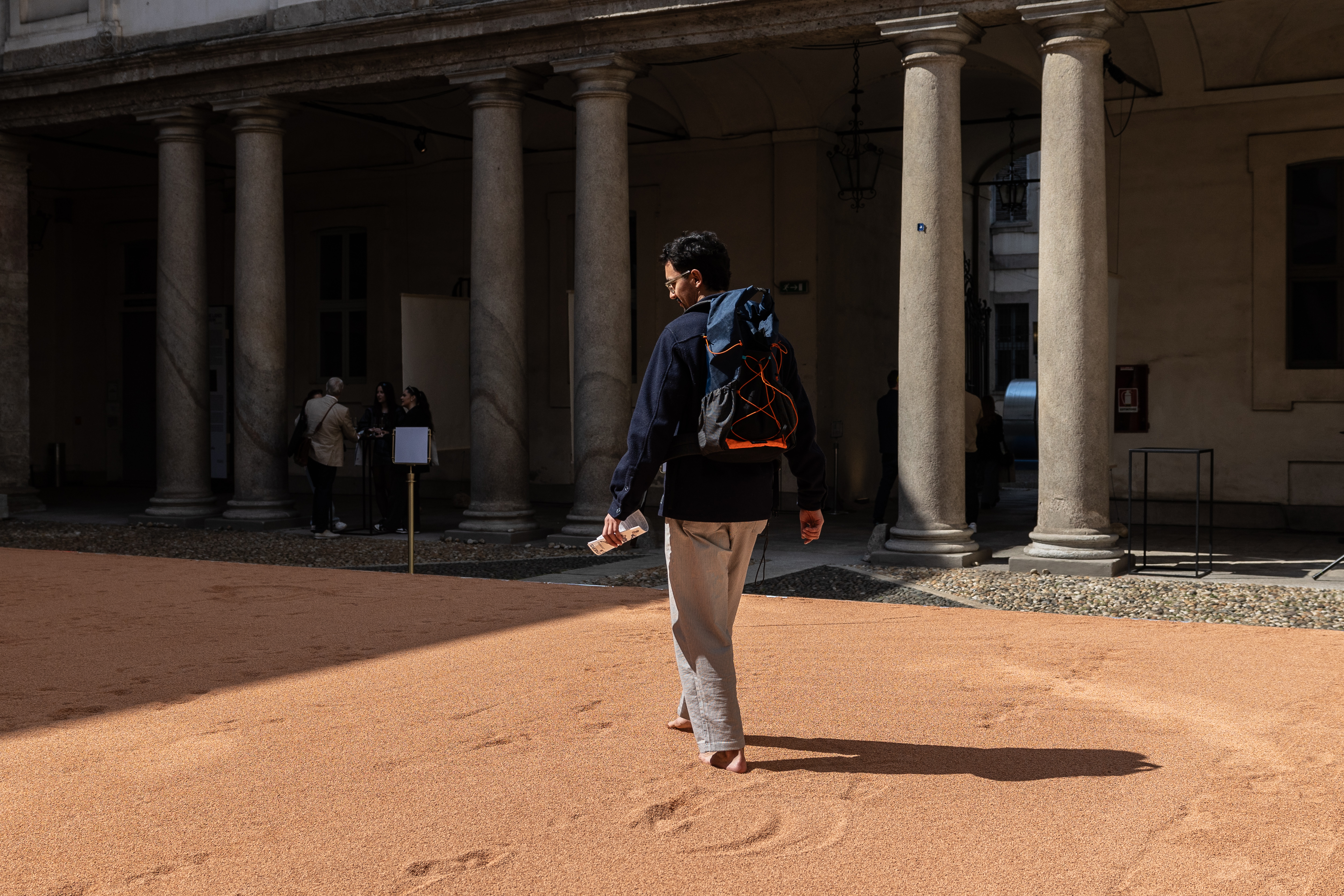 In Milan, MoscaPartners presents a poetic exploration of ‘migration’
In Milan, MoscaPartners presents a poetic exploration of ‘migration’Alongside immersive work by Byoung Cho, MoscaPartners’ Milan Design Week 2025 display features an accessible exhibition path designed for visually impaired visitors
By Cristina Kiran Piotti
-
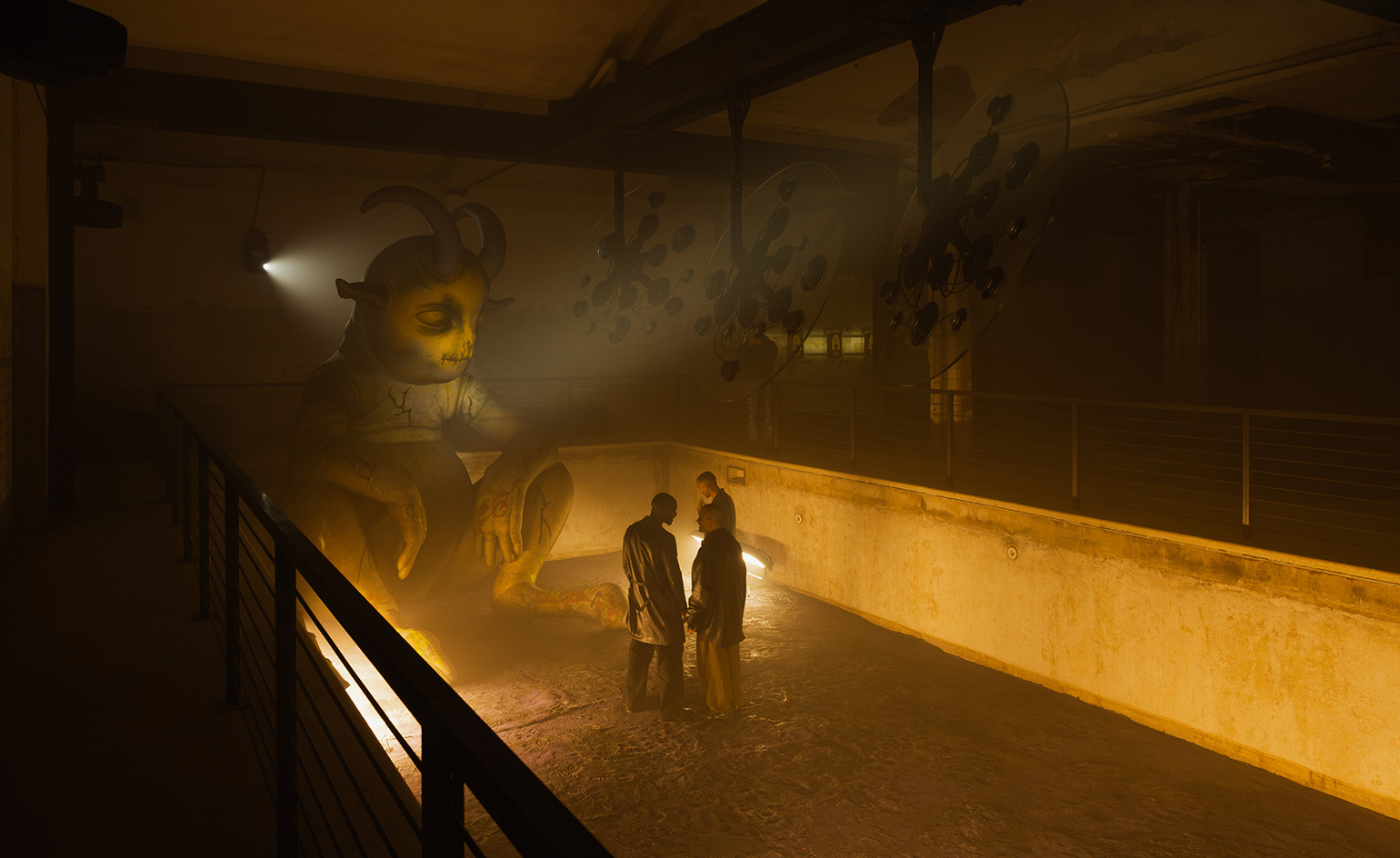 The making of PAN and Nike’s euphoric, club-inspired collaboration at Milan Design Week
The making of PAN and Nike’s euphoric, club-inspired collaboration at Milan Design WeekAlongside a new Air Max 180 release, ‘The Suspended Hour’ display sees Berlin record label PAN imagine the unfolding of a club night, from dusk until dawn
By Craig McLean
-
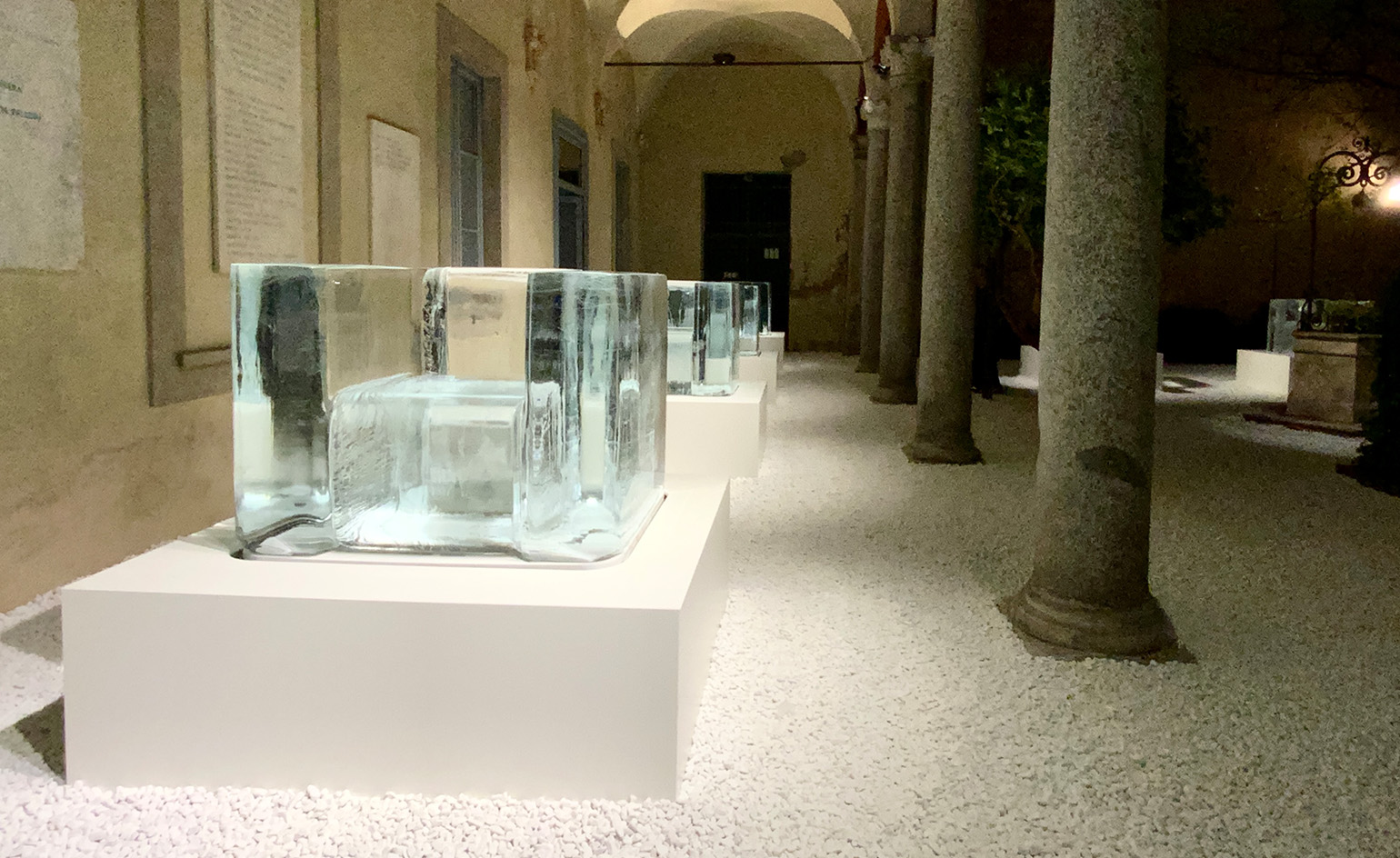 Tokujin Yoshioka’s ephemeral ice furniture is made to melt in Milan
Tokujin Yoshioka’s ephemeral ice furniture is made to melt in MilanTransparent chairs of frozen water slowly disappear during Milan Design Week 2025, in an expression of light by Japanese artist Tokujin Yoshioka
By Danielle Demetriou
-
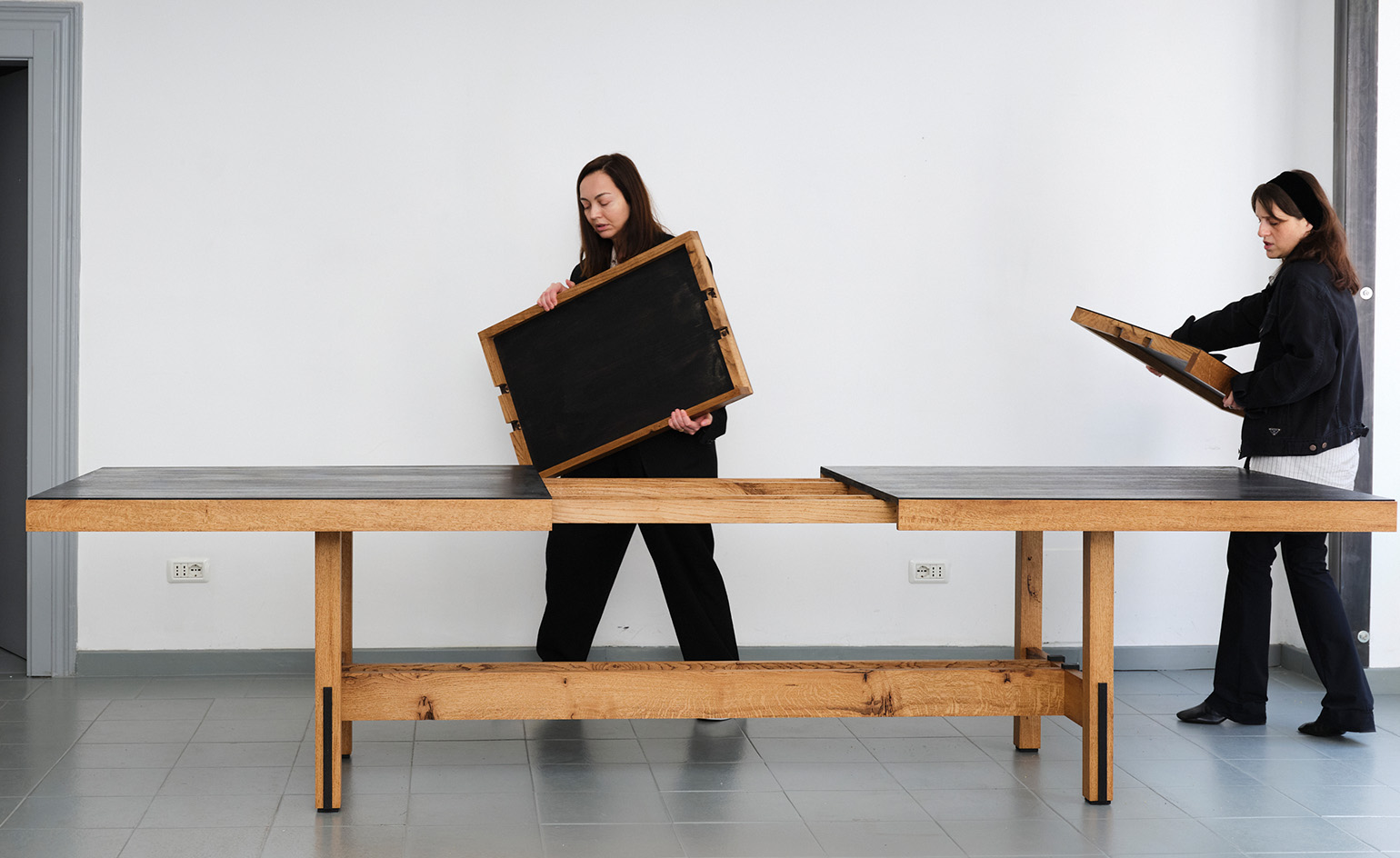 In Milan, Rooms Studio examines Georgia’s shifting social landscape
In Milan, Rooms Studio examines Georgia’s shifting social landscapeExpandable tables that reference recent government protests and lamps held together with ‘chewing gum’ feature in the Tbilisi-based studio’s Milan Design Week 2025 installation
By Dan Howarth